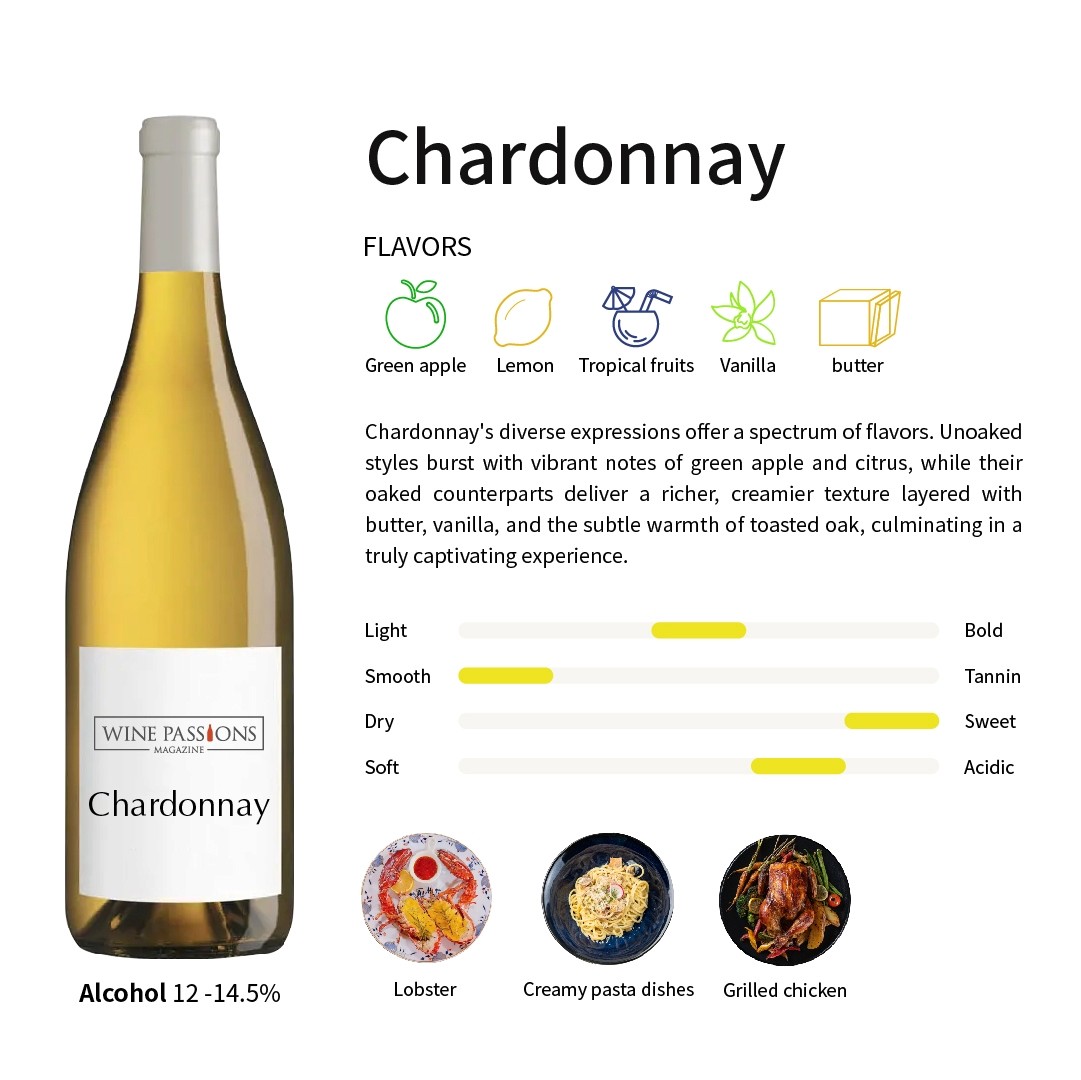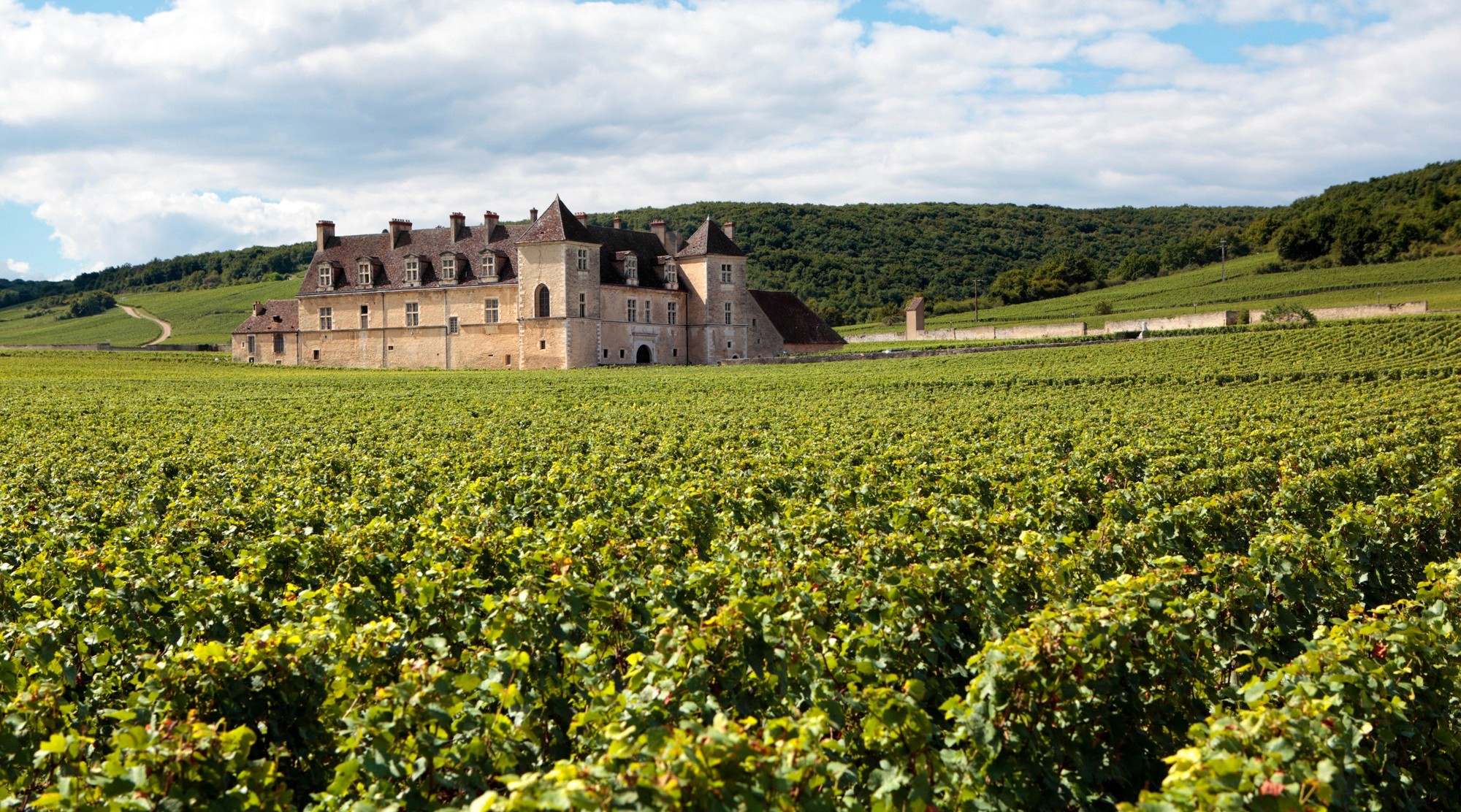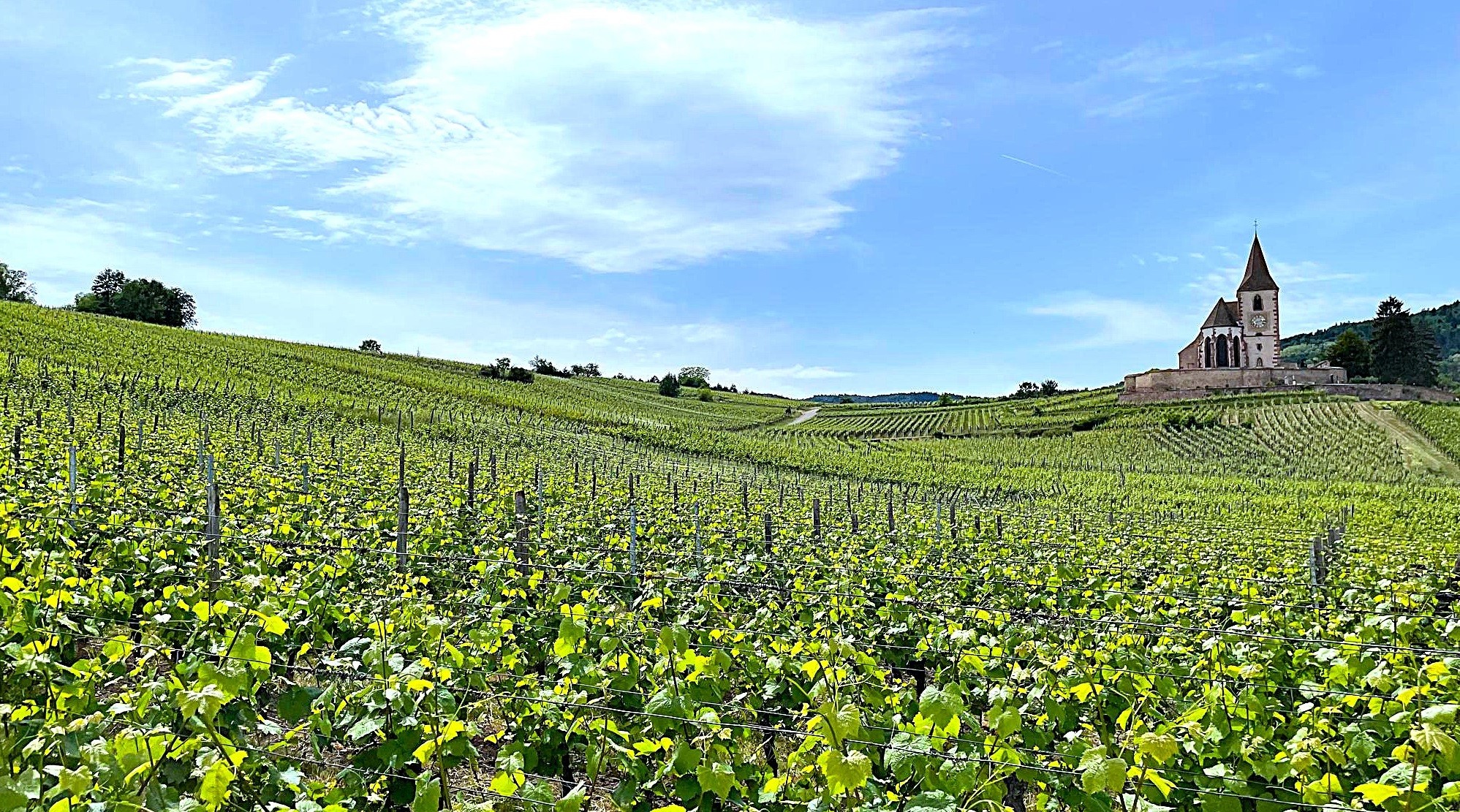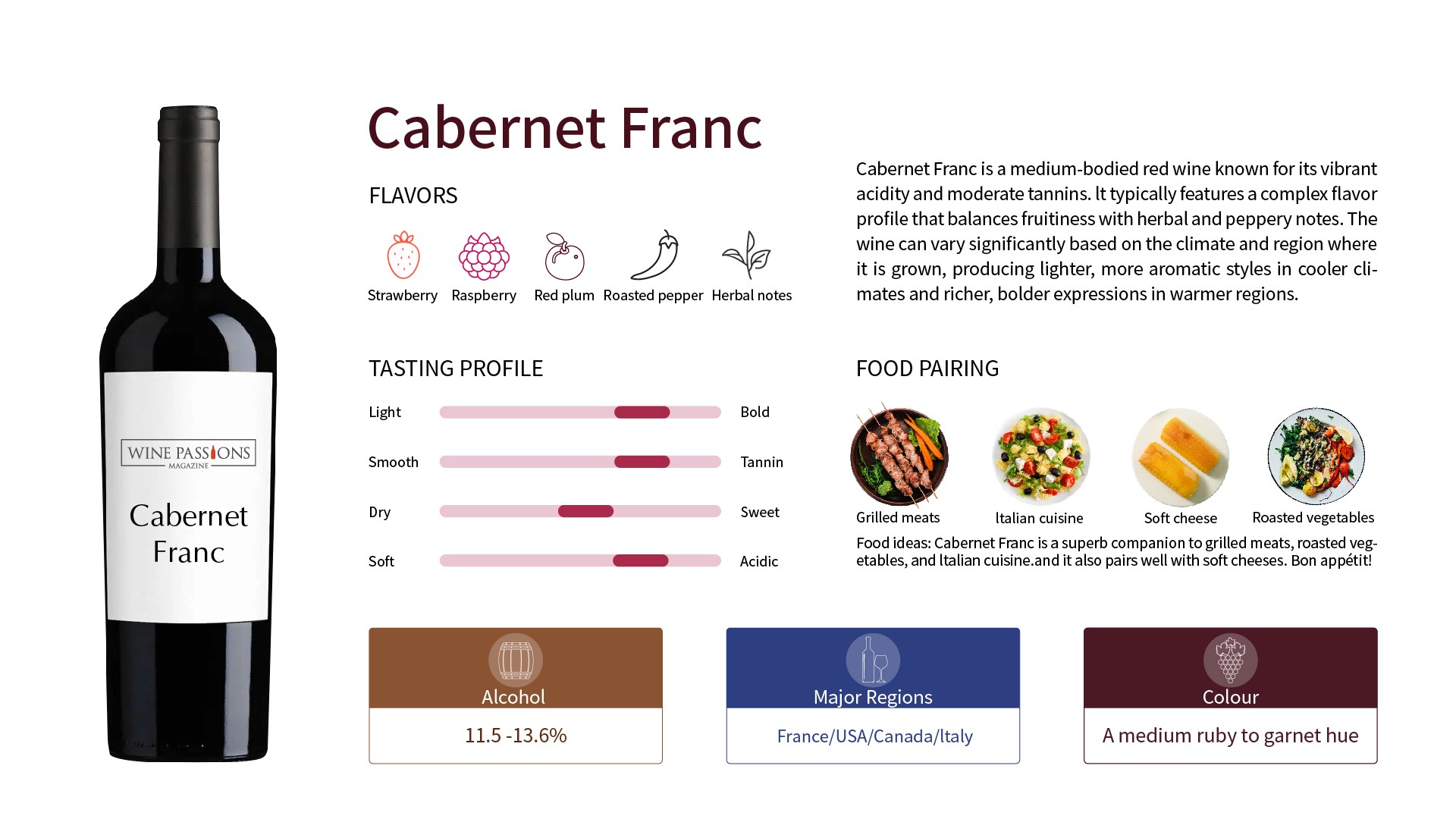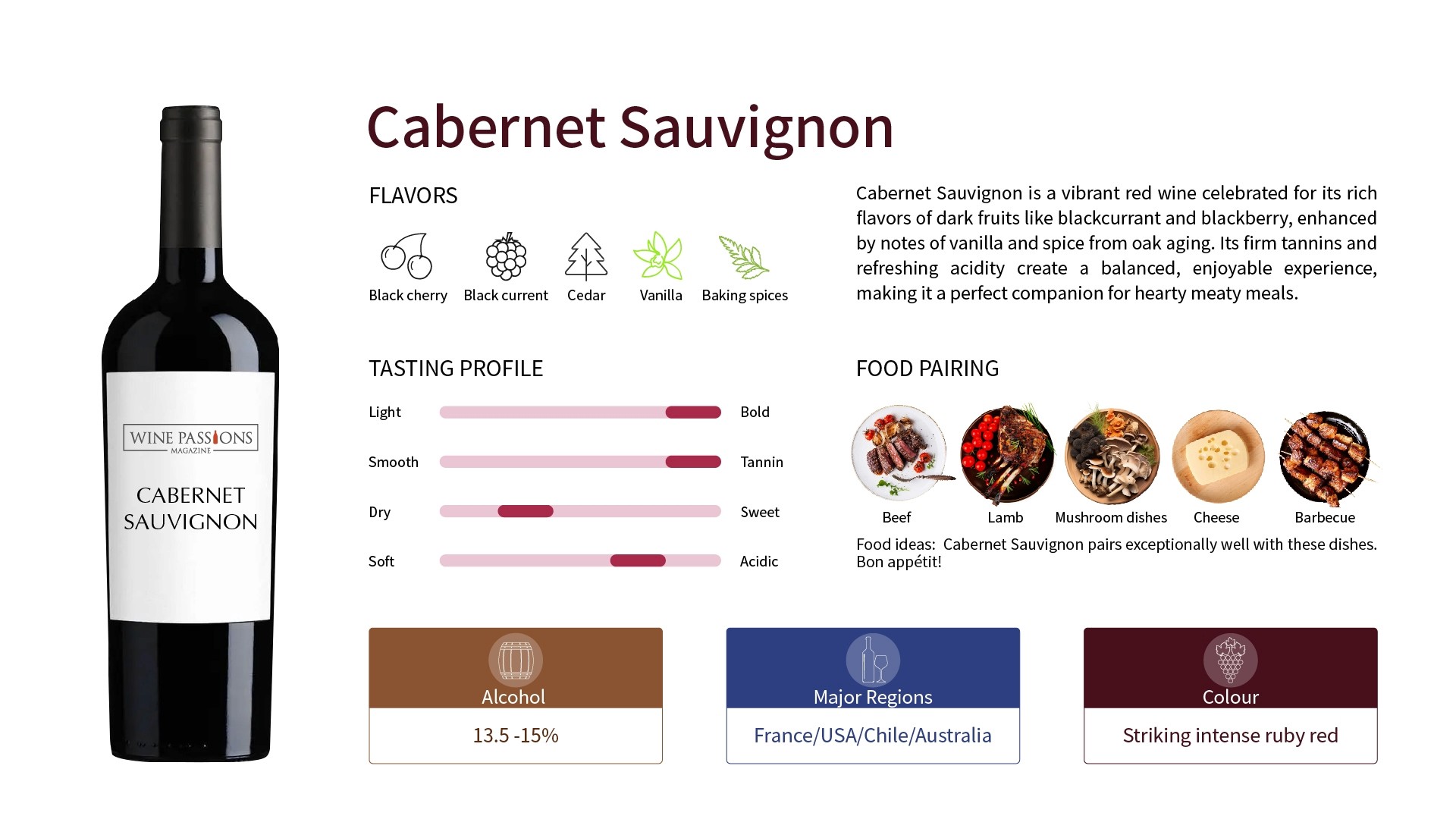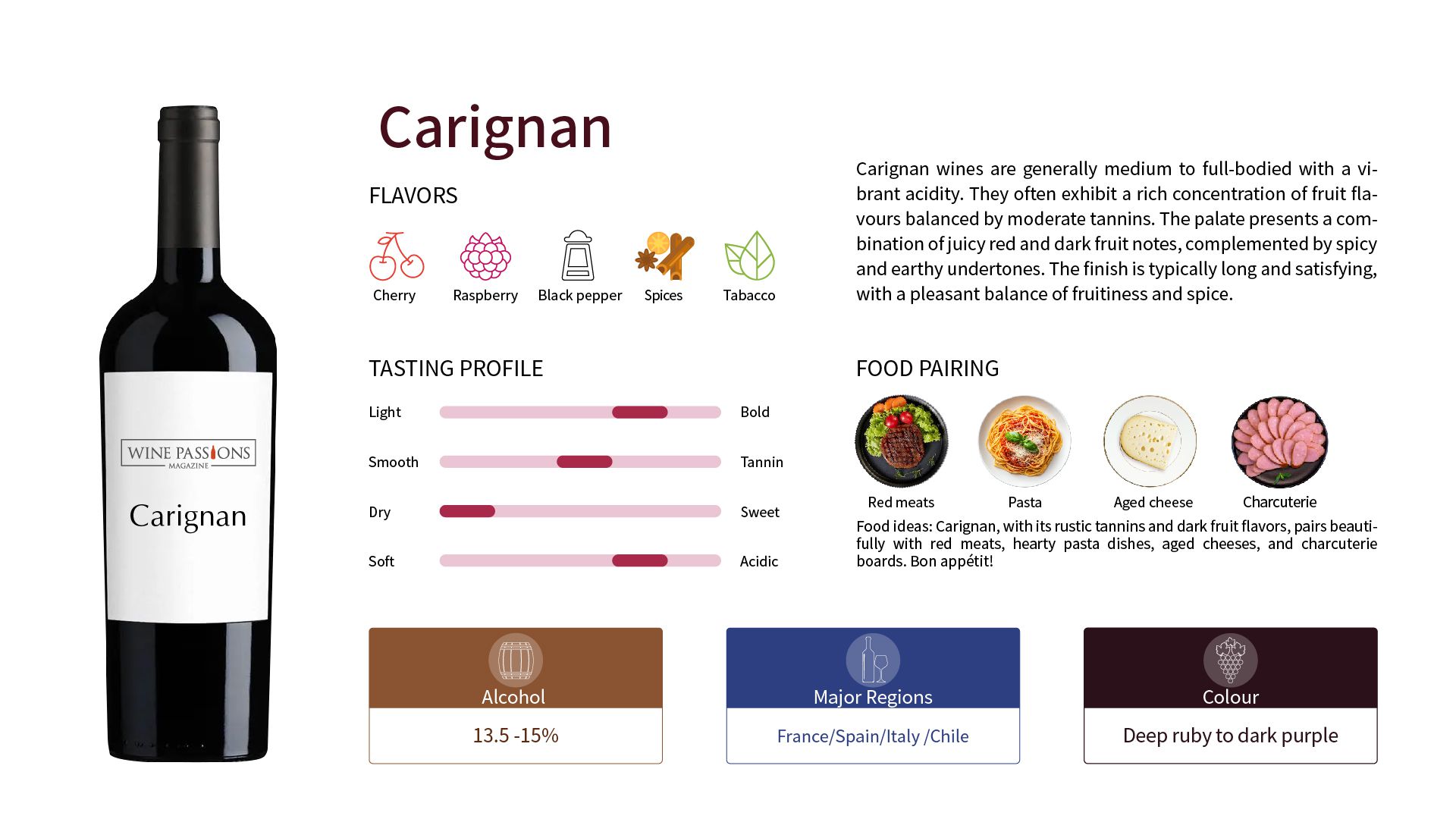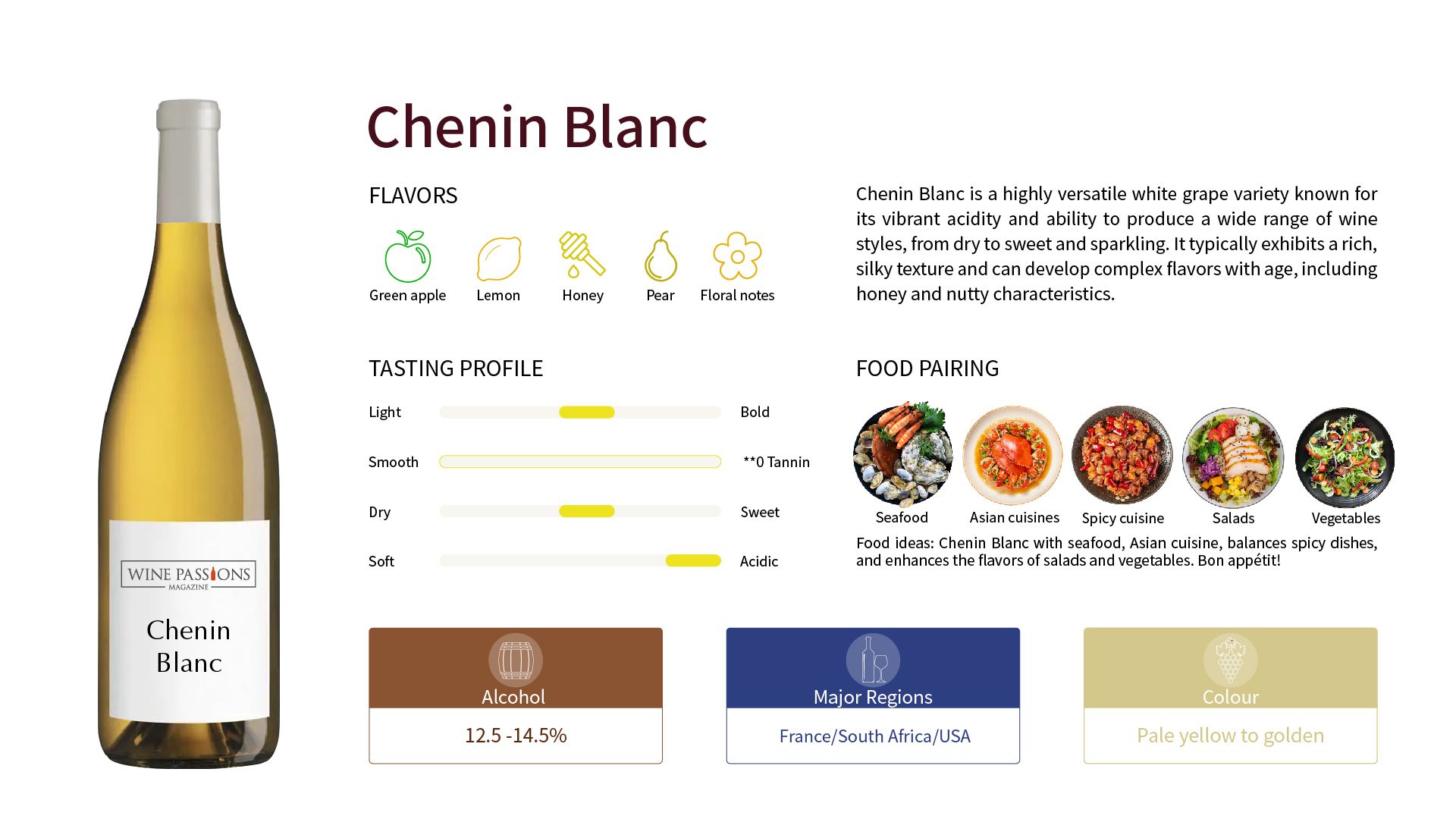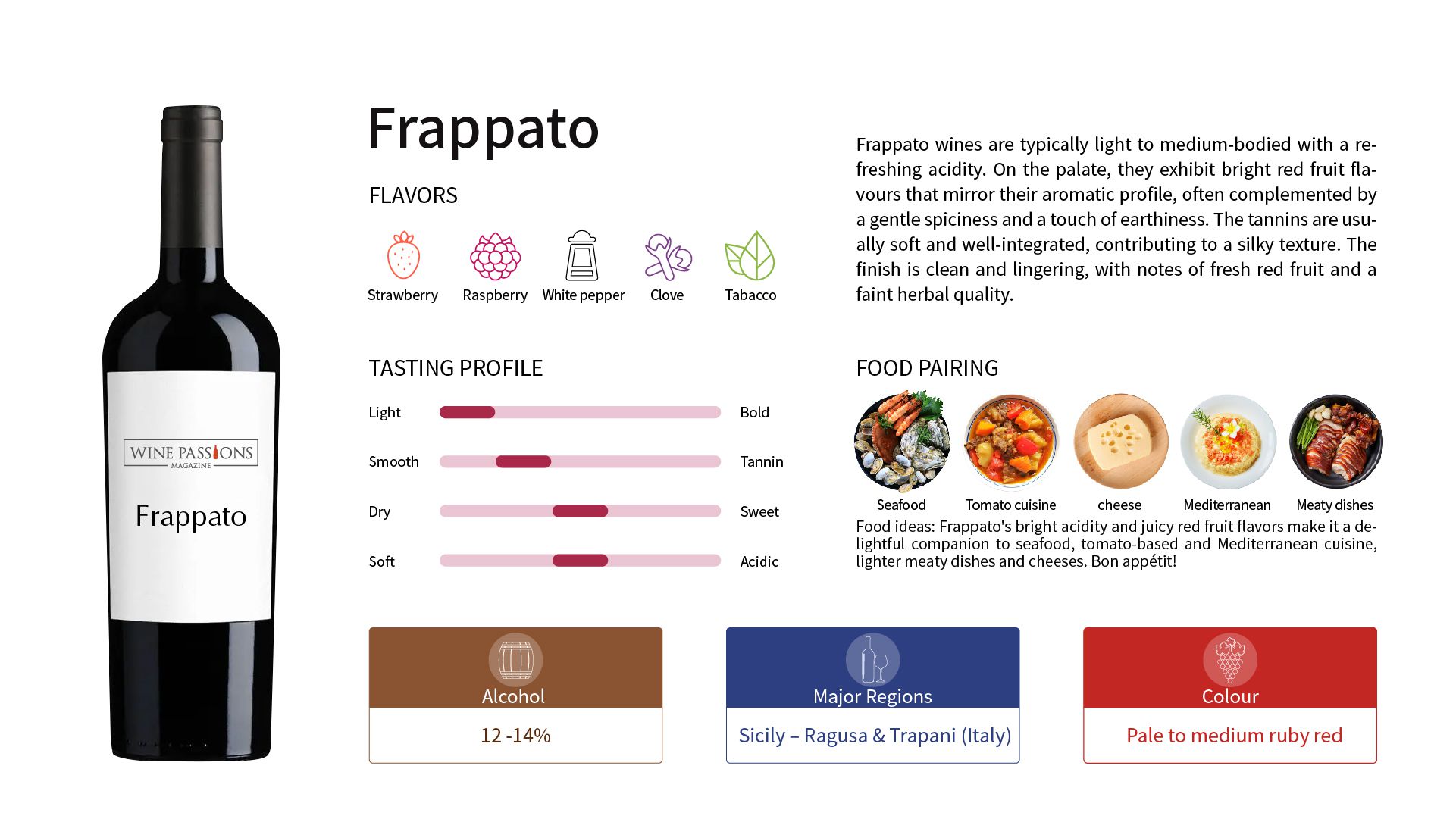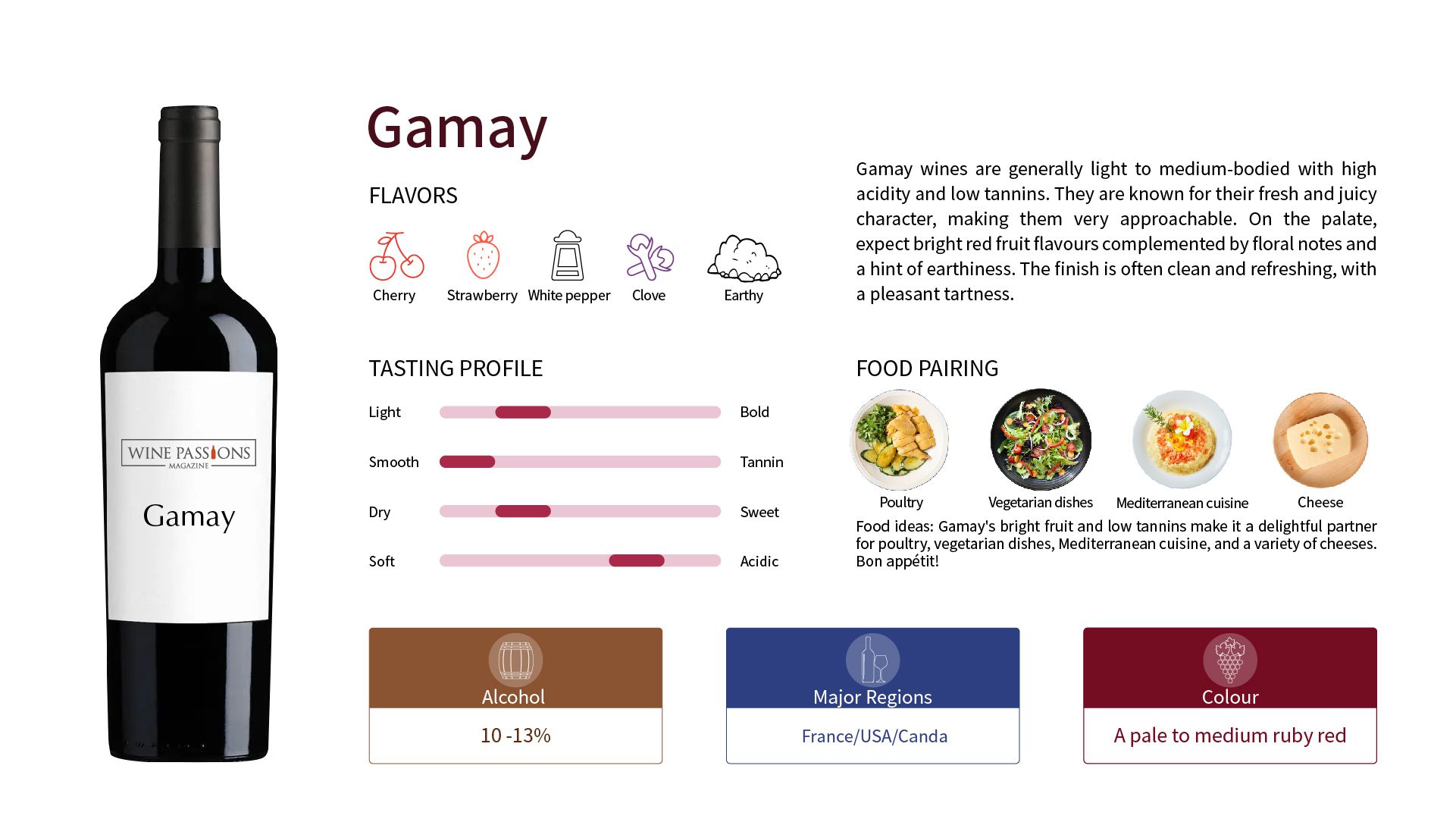Cabernet Franc
Background and Origin
Chardonnay originates from the Burgundy region of France, which is considered its homeland. According to historical records, this grape may have existed as early as 2000 BC. Chardonnay was introduced to the Chablis region by monks in the 12th century and gradually became an important variety in that area.
Over time, Chardonnay has gained extensive cultivation worldwide. Particularly during the 1976 'Judgment of Paris,' California's Chateau Montelena Chardonnay was rated superior to top French white wines, an event that greatly elevated Chardonnay's recognition in the United States and globally.
Reasons for Chardonnay's Popularity
Unique Flavor Characteristics: The flavor range of Chardonnay is very broad, making it appealing to a variety of palates. Depending on the winemaking methods and regions, Chardonnay can showcase diverse flavors:
Fresh Fruit Aroma: Young Chardonnays often exhibit aromas of green apple, pear, lemon, and tropical fruits, which makes them especially popular in the summer.
Complex Aged Flavors: Chardonnay aged in oak barrels reveals more complex flavors such as cream, vanilla, caramel, and nuts, adding depth to the wine.
Mineral Sensation: Particularly in the Chablis region of France, Chardonnay often exhibits a fresh mineral flavor, reminiscent of stones or saltiness.
Strong Adaptability: Chardonnay is a relatively low-maintenance grape variety that can adapt to various climates and soil conditions. This allows it to be widely cultivated globally, including:
Various Climate Conditions: From the cool northern regions of France to the hot California, Chardonnay can thrive well. Chardonnay in different climates exhibits different flavor characteristics, such as fresh fruit aromas in cooler areas and riper fruit flavors in tropical regions.
Soil Adaptability: It can grow in a variety of soil types, but it typically performs best in limestone and chalky soils, which provide good drainage and nutrients.
Diverse Winemaking Styles:
Chardonnay is known as the 'winemaker's grape' because it serves as a blank canvas for winemakers to express their creativity. Depending on the technique, Chardonnay can be crafted into various styles:
Oak Fermentation and Aging: Many high-quality Chardonnays undergo oak barrel aging, enriching them with complex aromas and flavors.
No Oak or Light Oak: An increasing number of consumers prefer Chardonnays with no oak or lighter oak treatment, as these wines retain more fruit aromas and freshness.
Wide Availability: Chardonnay is one of the most popular white grape varieties globally, found in nearly every major wine-producing country. Due to its strong adaptability and high yield, consumers can easily find Chardonnays across various price points and styles, making it a choice that appeals to a wide range of consumers.
International Recognition and Market Demand: Argentine Chardonnay has become a hot-selling product in international markets. Many wineries focus on producing high-quality Chardonnay to meet the growing consumer demand for this type of wine. Market research reports indicate that the popularity of Chardonnay continues to rise in the United States and other countries, especially in restaurants and bars.
Furthermore, as consumers pay more attention to healthy eating and sustainable products, many wineries have begun using organic and sustainable methods to produce Chardonnay, further attracting environmentally conscious consumer groups.
Typical Flavor Characteristics of Chardonnay:
Fruit Aroma: Mainly includes green apple, pear, peach, lemon, and tropical fruits (such as pineapple and mango). Young Chardonnays typically showcase fresh fruit aromas, while aged ones may develop more complex scents.
Mineral Sensation: Particularly in the Chablis region of France, Chardonnay often presents a fresh mineral flavor with hints of stone or saltiness.
Oak and Cream: Many Chardonnays from California and Australia undergo oak barrel aging, lending the wine aromas of vanilla, cream, and baking spices like caramel and chocolate.
Texture: Depending on different winemaking methods, Chardonnay can be crisp and refreshing or rich and full-bodied, typically exhibiting good acidity, creating a balanced and enjoyable mouthfeel.
Major Chardonnay Production Regions
France: Burgundy, Champagne, Meursault, and Chablis are known for producing high-quality Chardonnay.
USA: California's Chardonnay styles tend to be richer and fuller-bodied, featuring vibrant tropical fruit profiles and strong oak influence, including notable regions like Napa Valley, Sonoma, and Central Coast.
Australia: Mainly concentrated in Yarra Valley and Margaret River, the style ranges between light and rich, showcasing interesting freshness and fruit flavors.
Famous Chardonnay Wines
Domaine de la Romanée-Conti Montrachet/Domaine Leroy Puligny-Montrachet (France)
Kistler Chardonnay/Rombauer Vineyards Chardonnay/Stag's Leap Wine Cellars Karia Chardonnay/Cakebread Cellars Chardonnay (USA)
Leeuwin Estate Art Series Chardonnay (Australia)
Handling Tasting Method
Tasting Temperature: 7-12°C
Tasting Glass: Aroma Collector Glass
Decanting Time: None
Aging: 5-10 years
Food Pairing
Seafood: Such as grilled scallops, white fish, oysters, etc. Unwooded Chardonnay pairs perfectly with fresh and naturally delicious seafood dishes.
Chicken and Cream Dishes: Oaked Chardonnay can easily handle rich dishes, such as creamy chicken risotto or creamy pasta.
Spicy Dishes
Foods with a Smooth Texture: Corn, pumpkin, and various gourds
Mushrooms
